ICC 2019 World Cup: South Africa squad and player analysis

Mumbai: 2019 ICC Cricket World Cup – the England and Wales-based showpiece -- will start on May 30, and will go on till July 14. However, this year the cricket governing body has decided to change the format of the tournament -– where ten teams will play versus other nine teams, and the four teams that comes out on top will advance to the semi-finals.
Nonetheless, today we look at the teams which have a good shot at the title. We will also look at some of the key players who may turn the tide in their team’s favour at any given moment.
South Africa
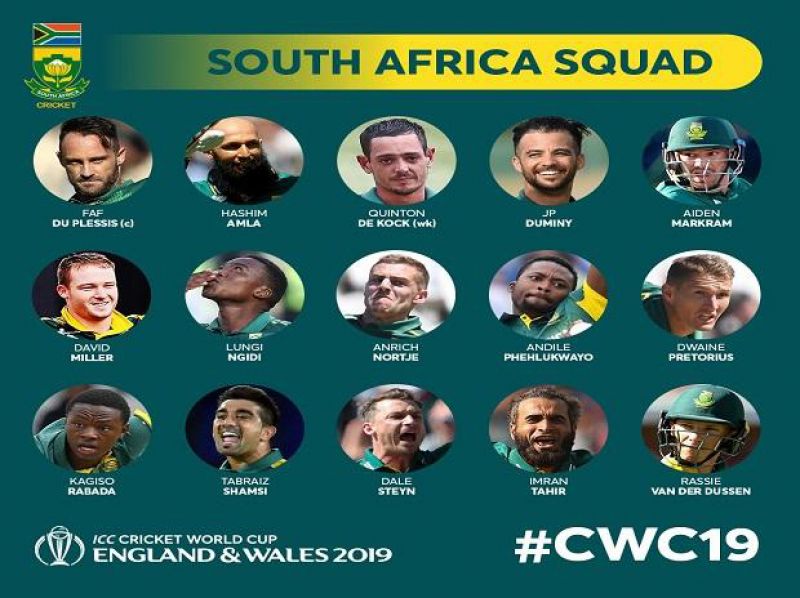 (Photo: South Africa cricke twitter/cwc)
(Photo: South Africa cricke twitter/cwc)
Ever since losing on an abnormal rain rule in the semi-finals of their first World Cup in 1992, the South African players have apparently been cursed in knock-out stages. They have only won one such match, a quarter-final in 2015 World Cup, but have been defeated in four semi-finals and two quarter-finals, in some cases in situations that have been appalling for their fans.
There is no doubt that the Proteas can defeat anyone in any bilateral series or tri-series. However, when it comes to mega tournaments like the ICC cricket World Cup – history has proven how inconsistent and incapable the South African team is when it comes to handling pressure.
The last time the Proteas had managed to win any big tournament was way back in 1998 when the Hansie Cronje-led team lifted the inaugural ICC Champions Trophy (back then, the ICC Knockout Trophy) after defeating the West Indies by four wickets. The Proteas lifted the prestigious trophy by chasing down a target of 246 within the quota of 50 overs.
However, since the Hansie Cronje’s team won the trophy in 1998, the Proteas team has choked at ICC tournaments. The African team’s success since lifting their maiden ICC accolade has been overshadowed by its failure to capture its maiden ICC World Cup title.
No cricket fan even remembers if the team has ever won any ICC titles. The team, besides having failed at the biggest tournament of the cricketing world, has also been living under the shadow of rains. Rain has been the biggest nemesis for the African cricket team.
The team must learn to cope with pressure when it comes to playing any big tournaments, especially when it comes to playing World Cups. The Proteas must learn to enjoy rather than play under pressure.
South Africa’s World Cup History
1992
In 1992, rain played spoilsport for the Africans as the cruel Duckworth Lewis Stern method (DLS) showed them the door. The venue was Sydney, and the opposition was England, and at the end the Proteas needed just 22 runs from seven balls, until the rain intervened.
Following the interruption the scoreboard read 21 runs required from just one ball and hence the rain shattered the team’s dream of reaching the finals. Since that match, the team earned the ‘chokers’ tag for itself.
1996
In 1996, the Proteas reached the quarter finals only to be knocked out by the Caribbean (West Indies) team, hence dooming their hopes of claiming the biggest prize.
1999
In 1999, the African team came back stronger and reached the semifinals, which was tied after both teams ended up with 213. Unluckily, the African team had to exit the tournament because the Australians defeated South Africa in the Super Six round, and got into the finals.
Although, for South Africa, the match was theirs to win, until Allan Donald miscommunicated with Lance Klusener, and got himself out only to shatter their World Cup dreams again.
2003
At the 2003 World Cup, the host nation failed to impress again as they crashed out from the tournament after winning 3 out of 6 matches, and miscalculating a run chase in a rain-influenced match versus Sri Lanka.
2007
In 2007 the African unit fared well as the team progressed to the semi-finals. Nevertheless, the Proteas bowed down to a mighty Australian side, which went on to chase an easy target of 150 set by Graeme Smith’s team.
2011
During the 2011 World Cup, it looked all set for the Proteas to take away the prized trophy, having won 5 of the 6 group stage matches. The team also defeated the two-time World Cup Champions from Asia, India.
Nonetheless, when they faced New Zealand, the Graeme Smith-led team got bundled out for a paltry 172 while chasing a modest total of 221 set by the Kiwis. No one could’ve thought that a team full of world class players like Jacques Kallis, Graeme Smith, Herschelle Gibbs, AB De Villiers could crumble under pressure.
2015
Cricket crazy fans, especially fans of AB De Villiers, would remember how painful and heartbreaking it was for AB to see his team exit from the 2015 World Cup, and especially after putting so much effort which literally went in vain as the rain came in to help the Kiwis advance to their maiden final. De Villiers and Morne Morkel, unable to bear the loss, cried on the pitch.
This year, the Proteas enters the 2019 marquee event with low expectations, having no power blasting all-rounder that made them a force to be reckoned with during the end of 1990s and at the start 2000s and affected by the retirements of star batsman AB de Villiers and quick pacer Morne Morkel. The Proteas have notched up 12 wins and lost ten ODIs during the first-half of 2018.
Keeping lower expectations will help the team to focus on their performance. Lowering expectation will automatically bring out the best. The players will be able to give their best and perform without any added pressure. Besides, the unit can also play according to their natural abilities.
In an interview, South Africa's coach, Ottis Gibson, after the series against Zimbabwe, said that the experimentation process before the 2019 cricket world cup has been completed.
Nevertheless, it will be intriguing to watch if the Proteas can keep its nerves cool and calm at this year’s World Cup.
Here, in this article, we will analyse eight players – eight game changing players – out of the 15-member South Africa squad.
South Africa declared their 15-member World Cup squad, which is as follows:-
Faf du Plessis (c), Aiden Markram, Quinton de Kock (wk), Hashim Amla, Rassie van der Dussen, David Miller, Andile Phehlukwayo, JP Duminy, Dwaine Pretorius, Dale Steyn, Kagiso Rabada, Lungi Ngidi, Anrich Nortje, Imran Tahir, Tabraiz Shamsi
While scrutinising the 15-member squad for the world cup, except two positions, South Africa’s squad looks sorted. Here are some players who are confirmed and who might have a chance.
Hashim Amla, Quinton De kock have been one of the most fabulous opening pairs in the shortest format. Reeza Hendricks, Faf du Plessis, David Miller and the young in-form Van der Dussen make a firm and solid middle order. The pace department is filled with quality as they have the likes of Dale Steyn, Kagiso Rabada, Lungi Ngidi, who have shown their class in the recently concluded ODI series against Pakistan
Batting
David Miller
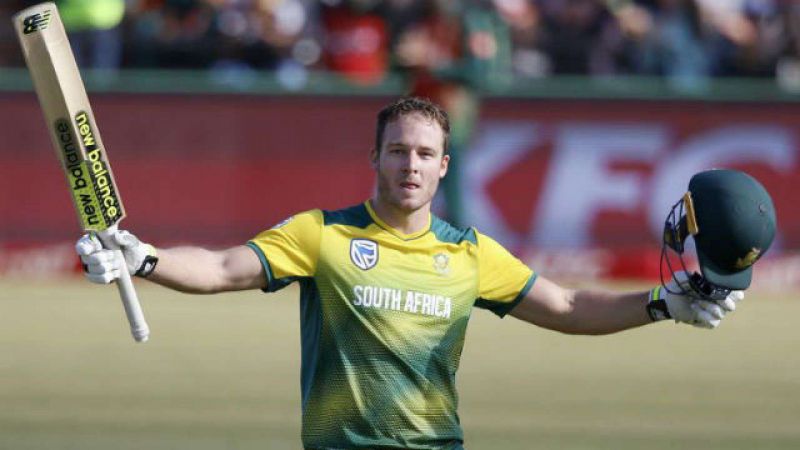 (Photo: AFP)
(Photo: AFP)
Hard-hitting left-hander David Miller is a powerful batsman capable of changing the course of a match and an outstanding fielder. He was man of the series in a recent T20 series win against Pakistan. In 2015 World Cup, Miller notched up 324 runs with a strike rate of 139, becoming South Africa's second top run sorer.
Aiden Markram
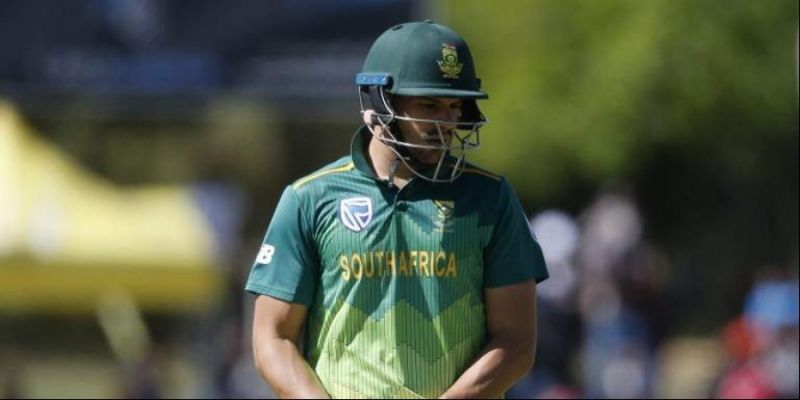 (Photo: AFP)Aiden Markram is another potential player, who has been termed as a great talent in all formats and has the figures to justify the hype. Markram has a first class average of 47.73 and also registered his highest individual score - 183 off 138 balls - in a franchise List A match.
(Photo: AFP)Aiden Markram is another potential player, who has been termed as a great talent in all formats and has the figures to justify the hype. Markram has a first class average of 47.73 and also registered his highest individual score - 183 off 138 balls - in a franchise List A match.
Markram made his sensational ODI debut against Bangladesh as he scored 66 runs along with his scalp of two wickets.
Post his first 50 innings in international cricket, Markram registered four Test centuries — and three knocks in the 90s — adding with two ODI half-centuries. But he needs to reach the three figures mark in the 50-over format to shut down his critics about role in the 50-overs format. However, since he assumed the charge as ODI captain for the series versus India, Markram has not lived up to his standards and Coach Gibson has observed that.
Faf Du Plessis
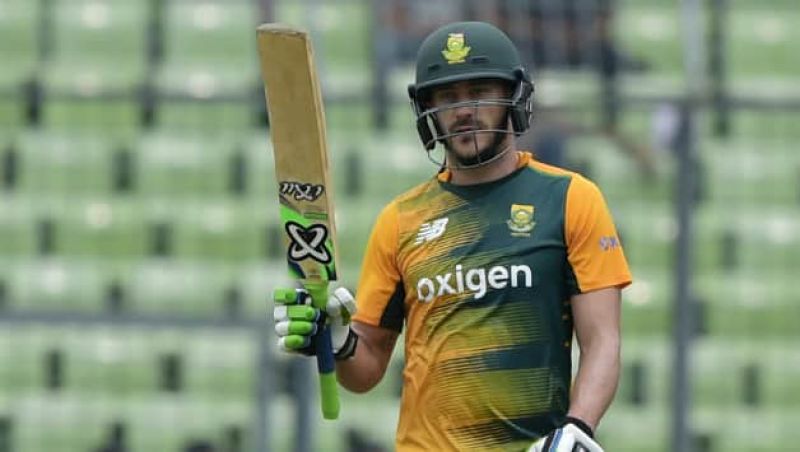 (Photo: AFP)
(Photo: AFP)
Faf Du Plessis probably, has been the best man after AB De Villiers to lead Proteas towards its first World Cup title. Ever since ABD’s retirement, Du Plessis has shown immense maturity, calmness, and composure to help the African team win games with both bat and as well as with his leadership. Faf with bat is like a silent tiger waiting patiently for its prey. Du Plessis registered his highest score of 185 against Sri Lanka in 2016.
Rassie Van Der Dussen
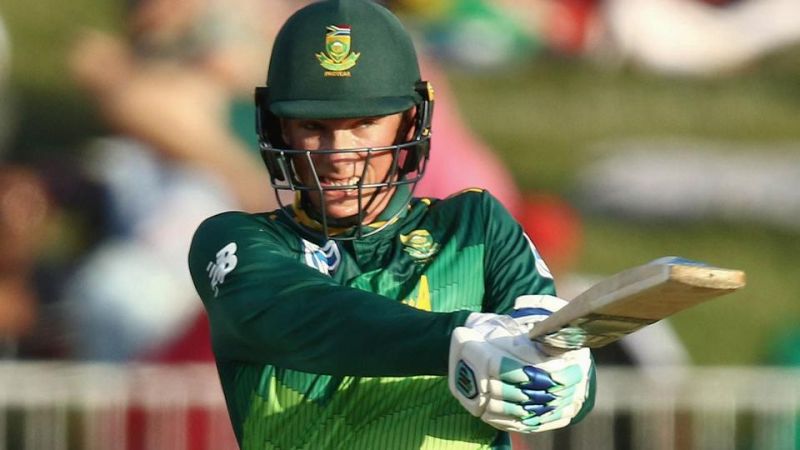 (Photo: AFP)
(Photo: AFP)
Having made a remarkable ODI debut versus Pakistan, new-comer Rassie Van Der Dussen immediately made his mark at the international scenario. During the series against Pakistan, Van Der Dussen in his first match notched 93, and followed the 93 with an unbeaten 80 runs knock. Rassie amassed 112 runs at an impressive average of 56 in that series.
Bowling
Kagiso Rabada
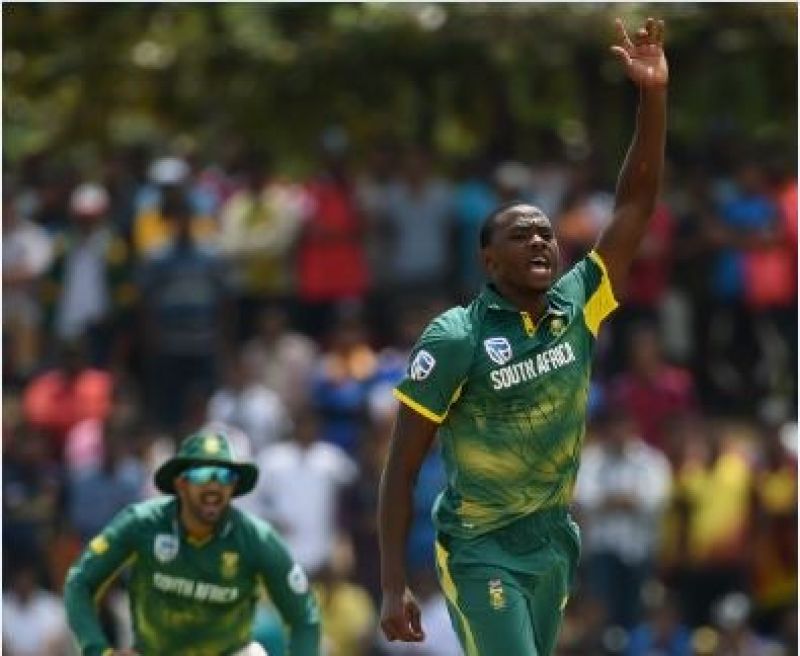 (Photo: AFP)
(Photo: AFP)
Kagiso Rabada’s contribution to South Africa’s outcome can be determined by wickets scalped, economy average rate, five or 10-wicket-hauls taken. The primary of his nine five-wicket hauls in Test cricket came in his fifth match in Test matches, against England in January 2016, and some time recently that series was over he had two more and with it a haul of 13/144 in Centurion — the primary of four 10-wicket efforts.
Rabada would appear to have it all: pace, physicality, intelligence, aggression, and more than a touch of batting capacity. In the event that he can’t win a senior World Cup for South Africa, no-one can.
Lungi Ngidi
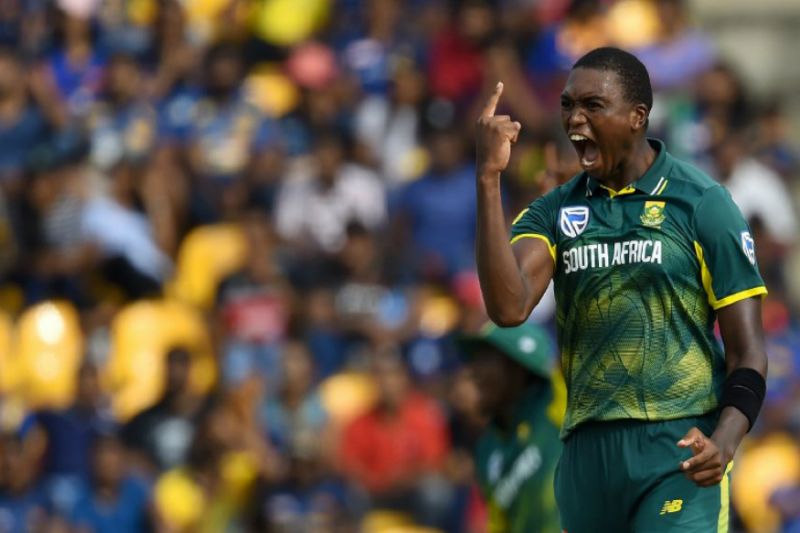 (Photo: AFP)
(Photo: AFP)
Breakout star could be Lungi Ngidi, a 22-year-old fast bowler with the physique of a heavyweight boxer. He has missed most of the current season with a knee injury but is back and bowling quickly in franchise cricket. His memorable performance was against India in a test match in which he took seven wickets for the loss of 90 runs.
Dale Steyn
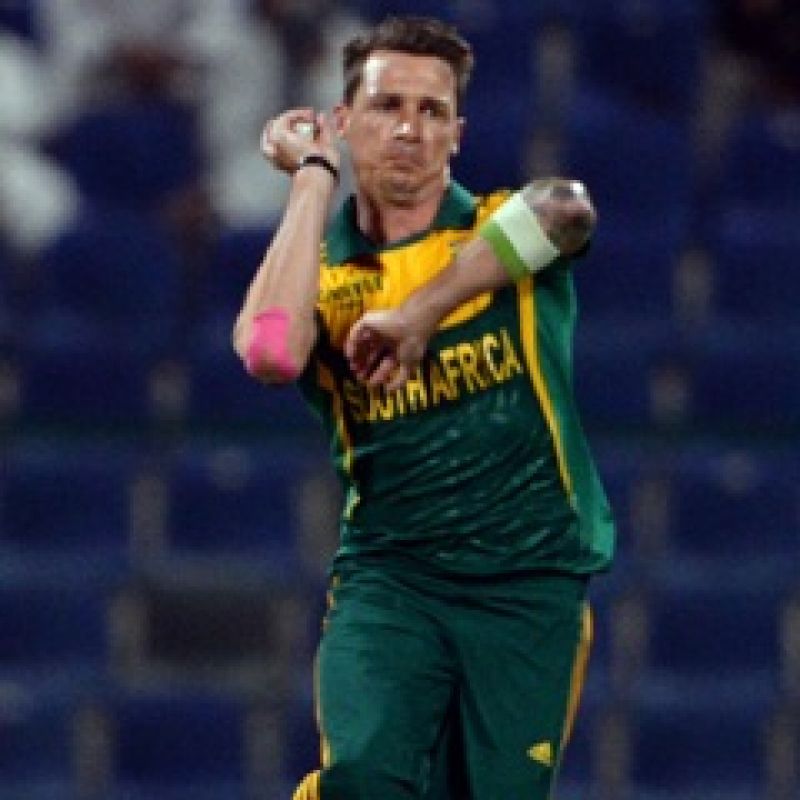 (Photo: AFP)
(Photo: AFP)
No need to brag about Dale Steyn. The 35-year-old has already shown what he can do when he is in his prime form. The Proteas quickie has already scalped 196, with best figures at 6 for 39. Do we need to say any more? Steyn is expected to lead the Proteas pace attack, and guide his partners.
Imran Tahir
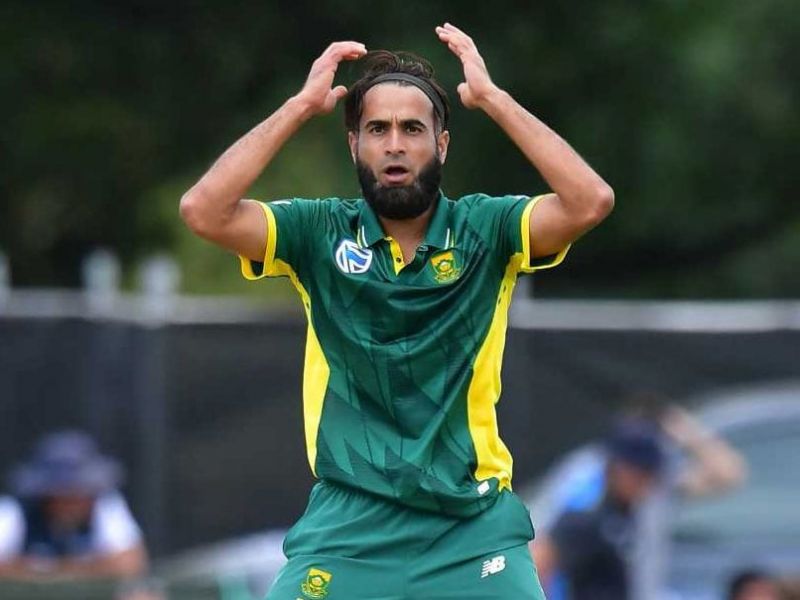 (Photo: AFP)
(Photo: AFP)
Tahir has been a prominent part of the South African side across all formats since the last five years. He became the number one ODI and T20 bowler in February 2017. Tahir’s career has evolved with his age and his bowling skills have matured like a bottle of wine. Tahir’s dominance in limited over format was recognized by the Cricket South Africa as they awarded Tahir with South African T20 Player of the Year in 2017.
Tahir has declared that he has planned to bid adieu to ODI cricket after the World Cup 2019. South Africa will be relying predominantly on Tahir’s googlies in England to pull off their tag of ‘Chokers’ of the World Cup.
Reflecting on his glorious ODI career, Tahir has taken 162 wickets in 98 ODIs at an impressive economy of 4.62. The 40-year-old became the first South African bowler to take seven wickets in an ODI in 2016. Chasing a massive target of 344, West Indies succumbed to Tahir and got all out on 204.
Tahir’s blistering form did not end there, as he also achieved the feat of becoming the fastest South African bowler to take 100 ODI wickets in just 58 matches. Tahir was successful in adding one more feather to his cap when he became the fastest South African to reach 50 T20 international wickets.
Final Prediction
This year’s Proteas squad can surely be termed as one of the underdogs to contest for the biggest cricket trophy, but one important thing for them is not to falter under pressure.
However, despite their ability to choke under pressure, the Proteas has entertained the cricketing world by producing quality players like Allan Donald, Jonty Rhodes, Shaun Pollock, Graeme Smith, Hashim Amla, Dale Steyn and our beloved ABD Villiers.
And, as a cricket fan it would be unfair to call them ‘Chokers’, though one might call them unlucky. There have been other teams also that have progressed to the quarter final multiple times but failed to lift the trophy. One never knows 2019 can be South Africa’s year. If Proteas can cope with pressure, the team can easily reach the semis.
South Africa(Photo: AFP)IFrame(Photo: AFP)IFrame(Photo: AFP)IFrame(Photo: AFP)IFrame(Photo: AFP)(Photo: AFP)(Photo: AFP)IFrame(Photo: AFP)IFrameIFrame

